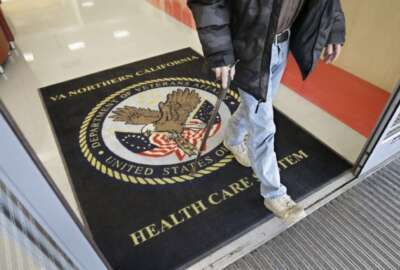Agency Tip 4: Make new hires feel welcome
Part of \"The Need for the Next Generation\" special report, NASA\'s Toni Dawsey explains how the space agency revamped its onboarding program for new hires.
By Jolie Lee
Federal News Radio
This story is part of Federal News Radio’s special report, The Need for the Next Generation.

In April 2008, participants in NASA FIRST, the space agency’s young professional development program, took on a project to find out if NASA was prepared to recruit and retain the next generation of workers, or Next Gen’ers. The answer was no.
The young NASA employees’ next task was to put together a list of recommendations that would make NASA a first-rate recruiter and retainer of young people.
One suggestion was to develop agency-wide onboarding programs, said Tony Dawsey, retired assistant administrator for human capital management at NASA.
Onboarding is the process of integrating an employee into an organization. Generally, the process starts on day one of the job and includes the first months or even year of employment.
In the last two years, NASA has changed its workplace to reflect the new generation of workers’ eagerness to start working immediately, Dawsey said.
At some agencies, new hires are “held hostage” in a conference room for at least a day to fill out paperwork, she said. At NASA, new employees can complete their forms online while at home. NASA also ensures that employees have their equipment, security badge and e-mail set up by the first day, she said.
Beyond technical preparation, NASA has made mentoring, focus groups and rotational assignments part of the onboarding experience. Every NASA center has a young development program. Among the activities are book clubs, bowling nights and brown bag lunches with leaders, said Tiffany Schuffer, NASA human resource specialist.
Onboarding has become “one of our pride and joys,” Dawsey said.
The changes in onboarding have pushed other changes in the way the entire workforce does business. Because Next Gen’ers have grown up with online collaboration tools, social networks and blogs have become important tools for internal communications, Dawsey said. NASA even has its own version of Facebook, called Spacebook.
Based on the younger workers’ feedback, NASA has also added 45 new rewards for good performance, things managers may not have thought to offer. For example, Dawsey said, the employee of the month has the chance to shadow an astronaut.
Read more from the special report “The Need for the Next Generation“
Introduction: The need for the next generation Innovation From OPM’s Basement Agency Tip 1: Get Out the Message Agency Tip 2: Provide Career Development Agency Tip 3: Manage With a ‘Personal Touch’ Agency Tip 4: Make New Hires Feel Welcome POLL: What’s the biggest challenge to recruiting and retaining young employees?
Copyright © 2025 Federal News Network. All rights reserved. This website is not intended for users located within the European Economic Area.





